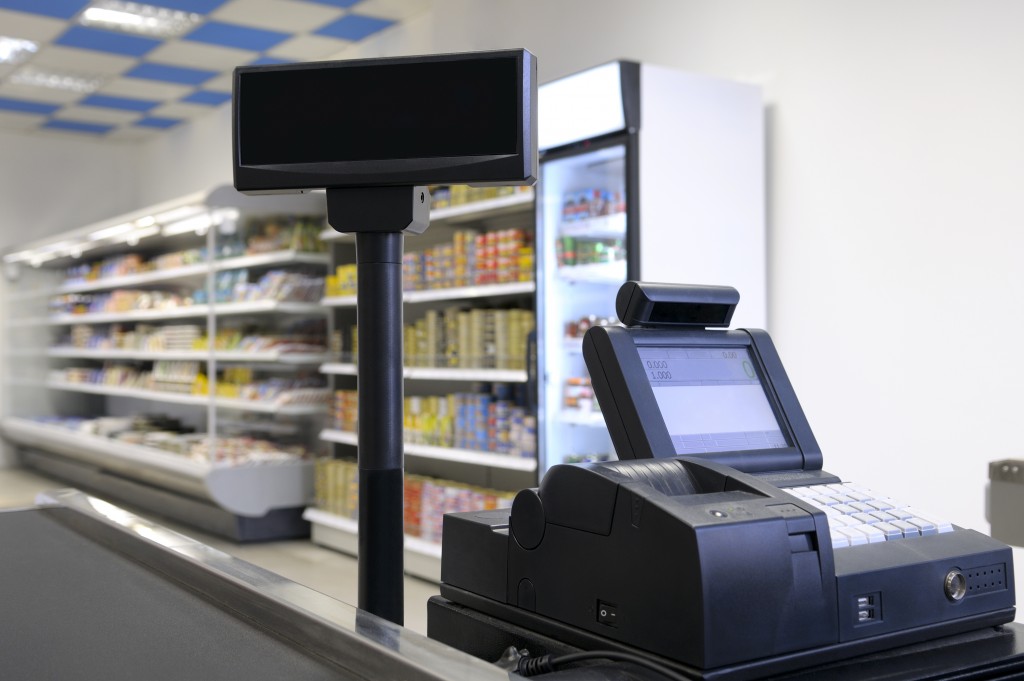- Investing in quality tools and equipment boosts efficiency and reduces long-term costs in mining operations.
- Regular maintenance and preventive measures help identify potential issues, minimizing downtime and costly repairs.
- Training employees on equipment operations enhances safety and maximizes machinery performance in your business.
- Modern fleet management tech and equipment lifecycle management streamline operations and improve equipment utilization.
Mining business involves various challenges, and managing equipment effectively is one of the most significant. Effective equipment management means having a system that allows you to maintain, track, and repair equipment for optimal performance.
Your equipment is the backbone of your mining business, so it’s crucial to manage it effectively to ensure your business runs efficiently. This blog will share essential tips to help you expand your mining business through effective equipment management.
Investing in Quality Tools and Equipment
Before you can even think about managing your equipment, you need to invest in quality tools and equipment in the first place. Quality tools are essential for the smooth functioning of your mining operations. They can save you time and money in the long run.
These tools should be durable, reliable, and able to withstand harsh conditions. This is especially important for major pieces of equipment, such as the liners used for your ball mills. This is because these liners are responsible for protecting your mill from damages caused by the grinding media and ensuring efficient performance.
Investing in high-quality liners will save you money on frequent replacements and repairs. Quality pearlitic chrome-moly steel liners for ball mills, in particular, are known for their durability and long lifespan. They also offer better wear resistance and impact strength, making them the ideal choice for mining operations.
Regular Maintenance

Regular maintenance is essential to the longevity and efficiency of your equipment. Regular maintenance helps you identify potential problems before they become significant and expensive issues. Develop an inventory of all your equipment, including the make, model, warranty details, and maintenance history. Prioritize necessary maintenance and ensure it’s performed on time to keep downtime to a minimum.
Training and Certification
Training your staff on equipment operations and safety is essential for optimal production and safety. Certification programs allow your operators to elevate their skills and expand their knowledge of the equipment. This will help to maximize the performance of your machinery, minimize damage, and prevent safety incidents.
Modern Fleet Management Technology
Incorporating modern technology into your equipment management process can streamline your operations, reduce downtime, and increase efficiency. Fleet management systems such as GPS tracking, telematics, and data analytics help optimize your equipment usage, maintenance schedule, and fleet utilization. They also provide critical diagnostic information, maintenance tracking, and fuel consumption reports.
Preventative Maintenance
Preventative maintenance will ensure that your equipment remains reliable while maintaining optimal performance. Regular preventative maintenance will help you avoid equipment failure, reduce downtime, and increase productivity. Preventative maintenance revolves around the following four steps:
Scheduling inspections

Scheduling inspections is essential to keep your equipment running smoothly. This includes daily, weekly, monthly, and annual inspections of all equipment. You can create a checklist for operators to follow during these inspections, ensuring that nothing gets overlooked.
Lubrication
Lubricating your equipment is crucial for smooth functioning and can prevent wear and tear on moving parts. You should always use manufacturer-recommended lubricants and follow the recommended schedule for lubrication.
Replacing Wear Parts
Replacing worn parts before they fail is critical to preventing equipment breakdowns and minimizing downtime. Keep an inventory of spare parts and replace them regularly based on usage or when signs of wear are noticed.
Documentation
Documenting all maintenance activities will help you keep track of your equipment’s performance and identify any recurring issues. This will also help you plan for future maintenance and replacements.
With preventative maintenance, you can identify potential problems early and address them before they turn into costly repairs or replacements.
Equipment Lifecycle Management
Equipment lifecycle management involves tracking, analyzing, and planning for equipment purchase, usage, maintenance, disposal, and replacement. It’s essential to plan for and budget for new equipment. Tracking information such as usage, maintenance, and repair costs over time can create accurate predictions for when equipment needs to be repaired or replaced.
Effective equipment management is crucial in mining operations for both productivity and safety. From investing in quality tools and regular and preventative maintenance to utilizing modern fleet management technology and understanding the equipment’s lifecycle, each aspect plays a vital role in maintaining optimal performance and longevity of your equipment.
Remember, your mining business’s success heavily relies on your equipment’s functionality and reliability. So, follow these tips to manage your mining equipment effectively and ensure your operations run smoothly. Here’s to a successful and profitable mining venture!

